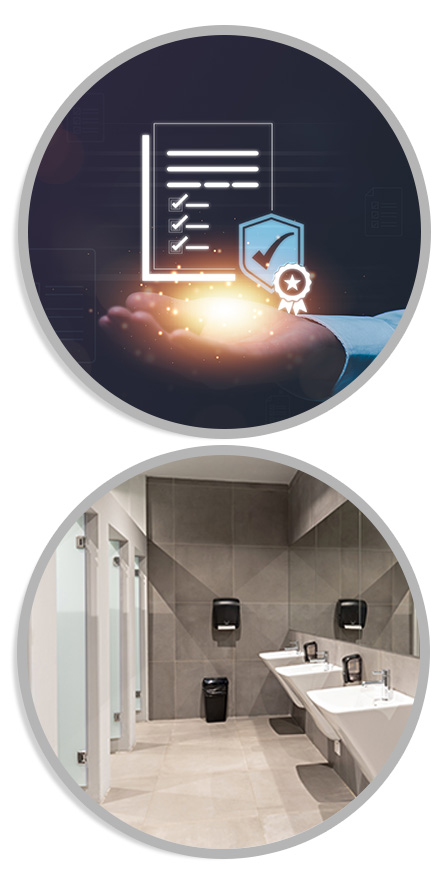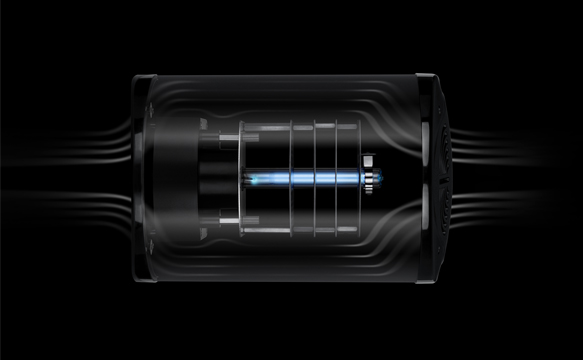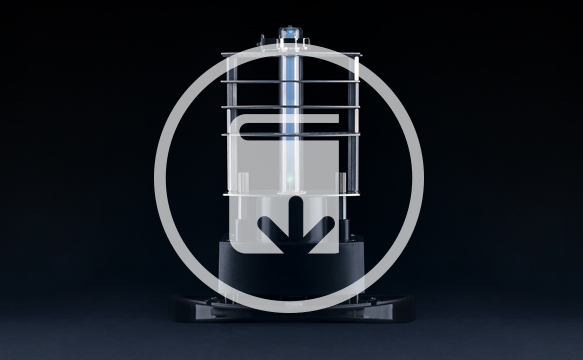How to manage commercial washroom odours: practical steps and solutions
Odours in commercial washrooms are more than just unpleasant, they can negatively affect customer experience and damage your brand’s reputation. While daily cleaning is standard, persistent smells often point to deeper issues such as bacteria build-up, ventilation faults or overlooked waste areas. This guide outlines the most common causes of washroom odours and practical steps for addressing them in busy commercial settings.
Common sources of odours
Urine deposits
Urine is a major contributor to washroom smells, particularly around urinals and toilets. If not cleaned thoroughly, it can seep into grout lines, flooring or accumulate behind fixtures, making it hard to remove.
Bacterial activity
Bacteria feed on organic waste such as urine and faecal matter. As they break it down, unpleasant gases are released. These bacteria can thrive on damp surfaces, inside waste bins, and in hidden corners.
Floor drains and U-bends
Blocked or dried-out floor drains and faulty U-bends can allow foul-smelling gases from the sewer to enter the washroom.
Porous surfaces
Materials like grout and some tiles can absorb organic matter and retain odours even after surface cleaning. Over time, these materials may need deep cleaning or replacement.
Waste disposal issues
Bins that are full or not regularly emptied, especially those lacking lids or liners, are another common source of washroom odours.
Solutions for lasting odour control
Implement a thorough cleaning schedule
Focus on high-risk areas such as grout lines, behind fixtures, and inside drains. Use antibacterial cleaning products and train staff to follow detailed protocols, not just general wipe-downs.
Improve ventilation
Ensure that washrooms have effective mechanical ventilation, especially in internal rooms. Exhaust fans, vents or natural airflow help to remove stale air and reduce humidity, which limits bacterial growth.
Maintain plumbing systems
Regular checks of floor drains, U-bends and pipework are essential. Ensure bends retain water to block gases and clear any build-up that might harbour odours.
Manage waste effectively
Use appropriately sized bins with lids and liners, and empty them frequently. Place bins away from heat sources which can accelerate bacterial growth and odour.
Schedule deep cleaning
In addition to daily maintenance, periodic deep cleans are necessary to target grout, floor edges and areas behind urinals or toilets.
Support hygiene through signage
Encourage better user behaviour with clear signage for handwashing, flushing and reporting issues. Staff awareness can also reduce problems caused by misuse or neglect.
Use effective air treatment systems
While traditional air fresheners and urinal blocks can offer temporary relief, they rarely solve the root problem. AIRsteril systems go further by actively treating the air to eliminate bacteria and volatile organic compounds that cause odours. Unlike passive systems, AIRsteril units operate continuously, require no consumables and are maintenance-light, with only an annual lamp change needed. This makes them a more sustainable and reliable choice for busy commercial settings.
Creating a fresher commercial washroom
Lasting odour control comes from a combination of good hygiene practices, correct infrastructure and air management. Whether you manage a retail complex, office building or leisure facility, investing in effective systems like AIRsteril can deliver cleaner air, a more pleasant environment and fewer complaints from visitors or staff.



